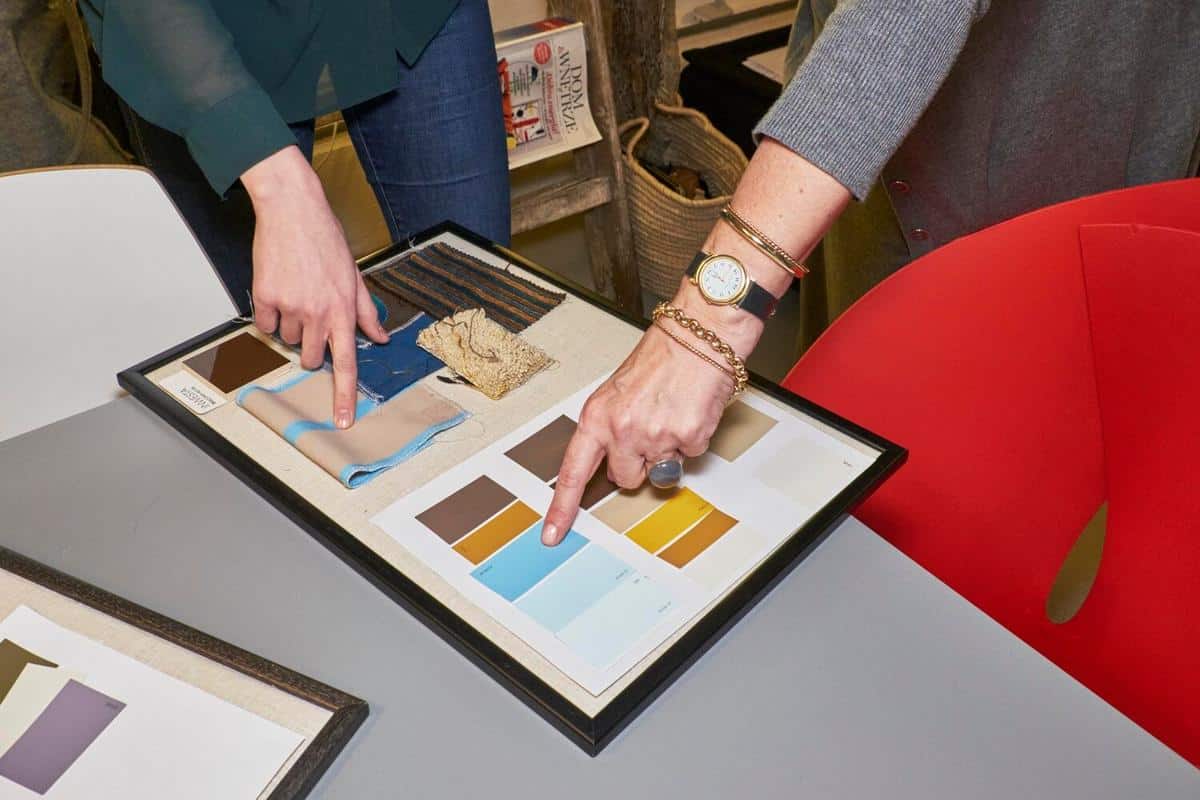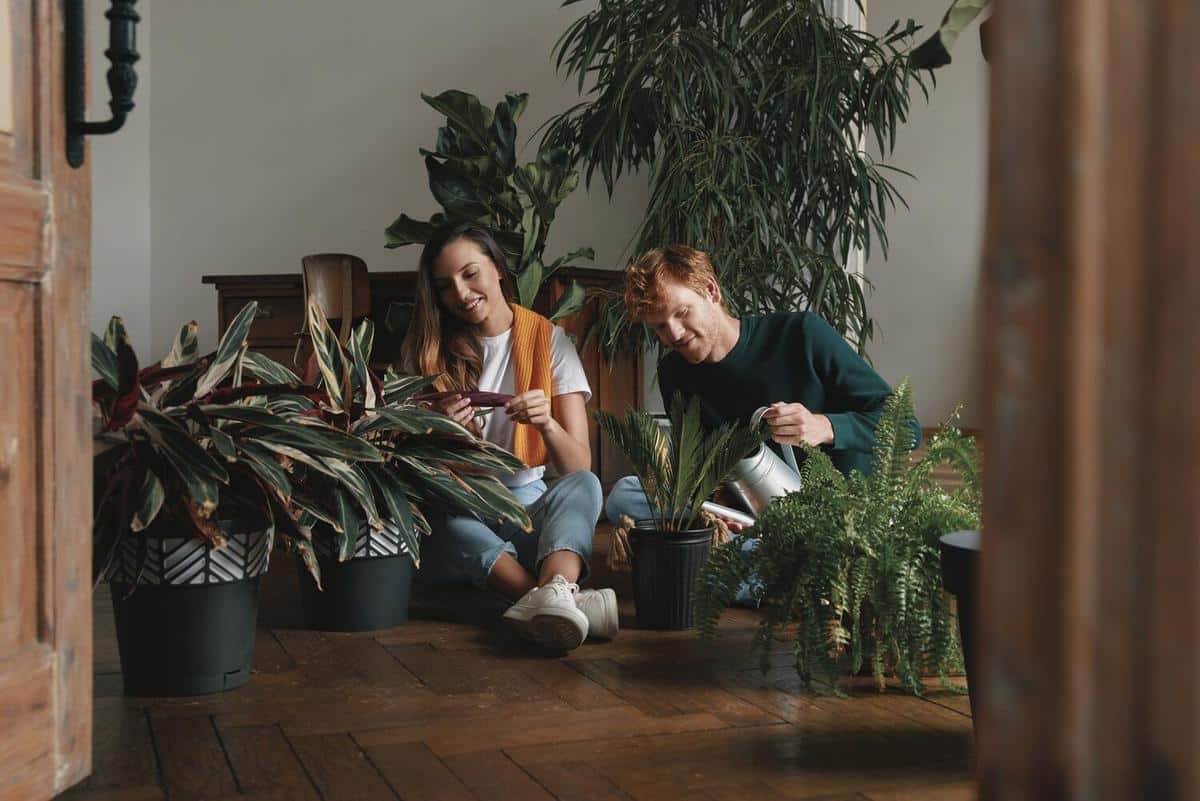
Color Psychology in Interior Design
When stepping into a room, have you ever noticed how the colors around you influence your mood and perception? This fascinating phenomenon is at the heart of color psychology in interior design, an essential aspect for creating spaces that resonate with the inhabitants.
Color psychology is a study that explores how different hues affect human behavior and emotions. In the world of interior design, leveraging this knowledge can transform a living space into a sanctuary that evokes specific feelings and atmospheres. According to color expert Angela Wright, “Colors are powerful tools in interior design as they can alter our perceptions and emotions significantly.” Understanding this can be crucial for both designers and homeowners alike.
The Impact of Colors
Colors can be broadly categorized into warm, cool, and neutral tones, each affecting us differently. Warm colors like red and orange are known to energize and stimulate, making them ideal for social areas like living rooms or dining spaces. Conversely, cool colors such as blue and green evoke calmness and tranquility, often used in bedrooms and bathrooms to promote relaxation. Neutrals, including whites and grays, provide balance and can complement any color scheme.
Research Insights
Research has shown that color can influence mood and productivity. A study from the University of Texas found that bland gray, beige, and white offices induced feelings of sadness and depression, particularly in women. In contrast, workplaces with bright colors were found to promote creativity and efficiency.
Practical Applications
Consider the ambiance you wish to create in each room. For a lively kitchen, yellow can be invigorating and cheerful. In a home office, a serene shade of blue can enhance focus and productivity. Always test paint samples in the actual space, observing how they change with different lighting throughout the day.
Personal Touch
Take, for example, my own living room transformation. Initially painted in a stark white, it felt cold and uninviting. By introducing a warm taupe, the space became cozy and welcoming, perfect for relaxation and entertaining guests.
Choosing the Right Palette
Color Association Table
| Color | Emotion | Best Used In |
|---|---|---|
| Red | Passion, Energy | Dining Rooms, Living Areas |
| Blue | Calm, Focus | Bedrooms, Offices |
| Green | Balance, Renewal | Kitchens, Bathrooms |
| Yellow | Happiness, Warmth | Kitchens, Hallways |
| Orange | Excitement, Enthusiasm | Kids’ Rooms, Gyms |
| Purple | Luxury, Creativity | Bedrooms, Studios |
| Gray | Sophistication, Neutrality | Living Rooms, Offices |
| White | Cleanliness, Simplicity | Bathrooms, Kitchens |
Frequently Asked Questions
How do I choose the right color for a small space?
Opt for lighter shades to make the room feel more open and larger. Mirrors can also help reflect light and space.
Can I mix warm and cool colors?
Yes, mixing warm and cool tones can create a balanced and dynamic look. Consider using neutrals to bridge the gap between the two.
What is the effect of lighting on color?
Lighting can significantly alter how colors appear. Natural light tends to be cooler, while artificial light can add warmth or coolness, so test colors under different lighting conditions.
In conclusion, color psychology offers a wealth of insights that can enhance our living environments. By understanding the emotional and psychological impacts of colors, you can create spaces that not only look stunning but also support your lifestyle and well-being. So, as you embark on your next interior design project, remember to consider the power of color and let it guide your choices.

